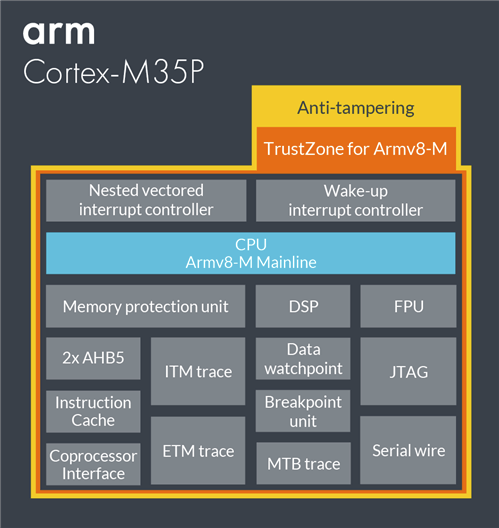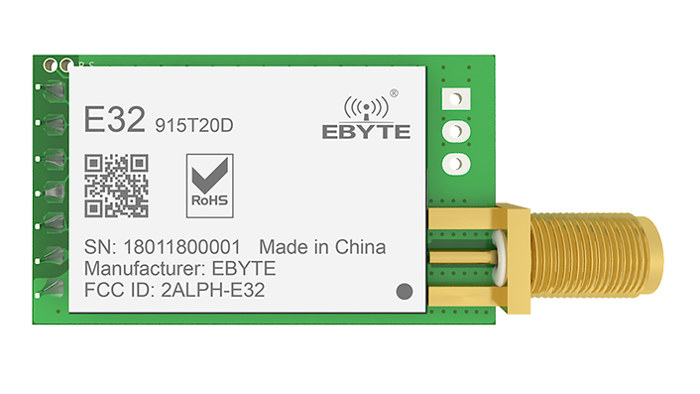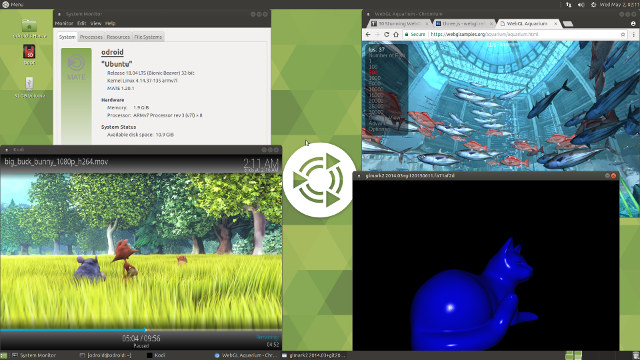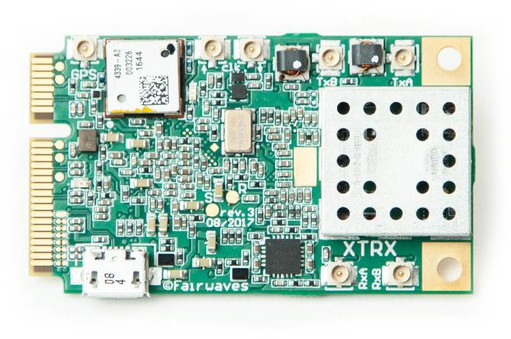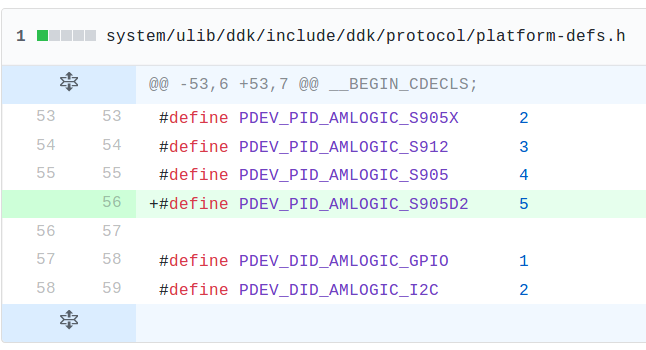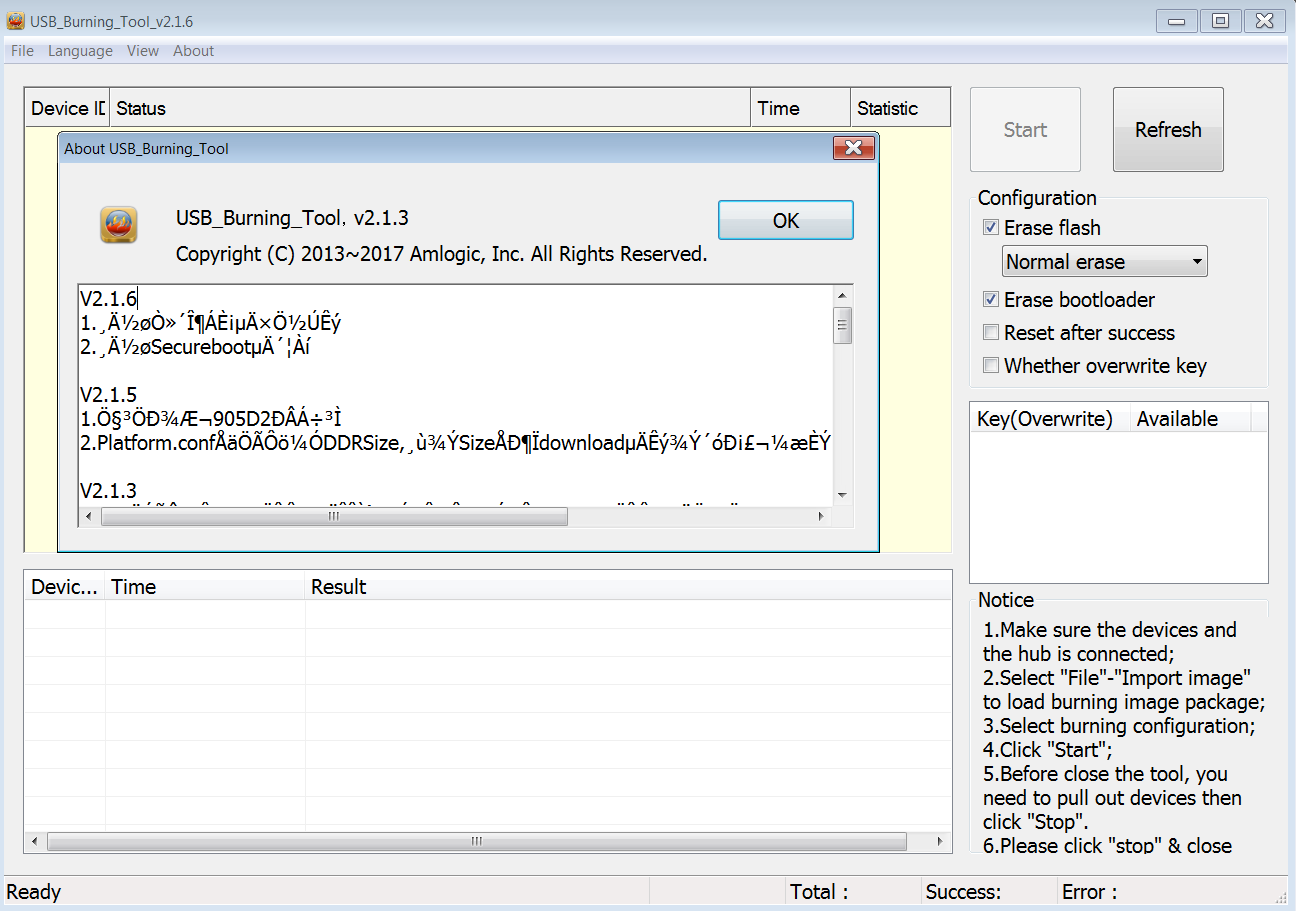Armv8 and Armv8-M processor already support Arm TrustZone security, which aims to prevent software attacks against the target device. However, if a hacker has physical access to the hardware, it may not be sufficient to prevent hacking. Arm Cortex-M35P core addresses this issue by providing physical (hence the P in the name) security with anti-tampering features that protect against access even with direct access to the hardware. Highlights of the processor: Architecture – Armv8-M Mainline (Harvard) ISA Support – Thumb/Thumb-2 Pipeline – Three-stage Software security – Optional TrustZone for Armv8-M, stack pointers checking Physical security – Built-in protection from invasive and non-invasive attacks DSP Extensions Optional DSP/SIMD instructions Single cycle 16/32-bit MAC Single cycle dual 16-bit MAC 8/16-bit SIMD arithmetic Floating Point Unit – Optional single precision floating point unit,IEEE 754 compliant Co-processor interface – Optional dedicated co-processor bus interface for up to 8 co-processor units for custom compute Memory […]
Ebyte Offers Low Cost Wireless Modules for LoRa, Zigbee, NB-IoT, Bluetooth, and More
Chengdu Ebyte Electronic Technology Ltd (or just Ebyte for short) is a company based in Western China that design and manufacturer low cost wireless modules for LoRa, WiFi, Bluetooth, Zigbee, NB-IoT & GPRS cellular connectivity, many of which appear to be FCC certified. The list of modules is way too long, so I’ll just have a look at two products from the company: Ebyte E32-915T20D LoRa 915 MHz module and Ebyte ME3612 NB-IoT wireless module. Ebyte E32-915T20D LoRa 915 MHz module Specifications: Connectivity Semtech SX1276 LoRa 900~931MHz (default: 915 MHz), 32 channels Range – up to 3 km with 20 dBm power, 5 dBi antenna Data rate – 2.4 kbps (default), configurable to 0.3, 1.2, 2.4, 4.8, 9.6, 19.2 kbps Rx Sensitivity – -138dbm at 0.3kbps Expansion – 7-pin header 2.54mm pitch with UART, USART host interface Power Supply – 2.1 to 5.5V DC Power Consumption – Standby: 2.0 uA; Tx: 120 mA […]
Hardkernel & Libre Computer Release Ubuntu 18.04 Images for ODROID-XU4/3 & AML-S905X-CC Boards
Ubuntu 18.04 “Bionic Beaver” LTS operating system was released just last week, and at least two Arm board companies have independently released Ubuntu 18.04 images for their boards. First, Hardkernel has released an Ubuntu 18.04 MATE image for their Exynos 5422 powered ODROID-XU4(Q), ODROID-XU3 (Lite), ODROID-HC1, and ODROID-MC1 boards/kits. The ODROID Ubuntu image comes with the following key features: Linux 4.14.37 LTS GPU hardware acceleration via OpenGL ES 3.1 and OpenCL 1.2 drivers for Mali T628MP6 GPU FFMPEG/ffplay with hardware accelerated H.264 decoder X11 armsoc display driver with 2D acceleration GPU accelerated Chromium browser (WebGL contents and YouTube 720p plays well) Kodi 17.6 can play H.264 1080p/60fps BigBuckBunny sample video. (Note: no h.265, no 4K in Exynos-5422 processor) WiringPi and other GPIO/SPI/I2C/ADC/I2S tinkering libraries are available. KVM & Docker More stable and performant USB 3.0 and Gbit Ethernet drivers The company sent me a kit based on ODROID-XU4Q board to […]
XTRX SDR Mini PCIe Card Supports 10 MHz to 3.8 GHz Tuning Range, up to 120 MSPS Sample Rate
Fairwaves is a startup that aims to make deploying and operating mobile networks in rural regions profitable, and their latest project is called XTRX, a high performance Software Defined Radio (SDR) board packed into a mini PCIe card form factor. The project was launched on Crowdsupply earlier with year, got fully funded by around 700 backers, and the company is now working on fulfilling backers rewards by the end of August. XTRX board specifications: RF Chipset – Lime Microsystems LMS7002M FPRF (as found in LimeSDR Mini) FPGA Chipset – Xilinx Artix 7 35T RF Channels – 2 × 2 MIMO Sample Rate – ~0.2 MSPS to 120 MSPS SISO / 90 MSPS MIMO Tuning Range: 30 MHz – 3.8 GHz Rx/Tx Range: 10 MHz – 3.7 GHz 100 kHz – 3.8 GHz with signal level degradation PCIe Bandwidth PCIe x2 Gen 2.0 up to 8 Gbit/s PCIe x1 Gen 2.0 […]
Facebook Oculus Go Standalone VR Headset Launched for $199 and Up
Oculus has developed virtual reality headset for several years, starting with VR development kits, before launching consumer VR headsets working with either a powerful computer (Oculus Rift), or a smartphone (Oculus Gear VR). But the company – now part of Facebook – has more recently been working on an all-in-one virtual reality headset called Oculus Go that works without external hardware, and launched it today starting at $199.00. Oculus Go specifications: SoC – Qualcomm Snapdragon 821 octa-core Mobile VR Platform System Memory – Storage – 32 or 64GB storage Display – 5.5″ display with 2560 x 1440 resolution; 538ppi; up to 72 Hz refresh rate Fresnel lenses Audio – Built-in spatial audio and integrated microphone Battery – Lithium-Ion battery good for about two hours for games to up to 2.5 hours for streaming media and video. Dimensions – 190mm x 105mm x 115mm Weight – 468 grams The company explains […]
Energizer POWERMAX P550S Smartphone Offers up to 20 Days Battery Life with a 5,000 mAh Battery
Energizer, the battery company, has now entered in the phone & smartphone business with devices boasting large capacity batteries such as their POWERMAX P550S Android smartphone powered by a Mediatek processor, and equipped with a 5,000 mAh battery promising over 20 days of standby time. Energizer POWERMAX P550S specifications: SoC – Mediatek MT6737 quad core Cortex A53 processor @ 1.3 GHz with Mali-T720MP GPU System Memory – 2GB RAM Storage – 16GB eMMC flash, micro SD slot up to 64GB Display – 5.5″ capacitive touch IPS display with 1280×720 resolution Cellular Connectivity 2G – 850/900/1800/1900 MHz 3G – 900/2100 MHz 4G / LTE – B3/B7/B20 Data / Voice – VoLTE, GPRS, EDGE, HSDPA up to 21 Mbps, HSUPA up to 5.76 Mbps, and LTE up to 150 Mbps downlink / up to 50 Mbps uplink Dual nano SIM card slot Wireless Connectivity – Wi-Fi 802.11 b/g/n, Bluetooth 4.0 LE, GPS […]
Amlogic S905D2 Quad Core Cortex A53 Processor Coming Soon with Google Fuchsia Support
Earlier today, I wrote about the latest version of USB Burning Tool, and noticed added support for Amlogic “905D2” processor in the changelog. I had heard about Amlogic S905X2, but S905D2? Never. I could find information in some recent Buildroot/Linux release notes, and as one would expect it’s another quad core Cortex A53 processor, and likely an update of S905D processor targeting set-top boxes with multiple independent tuners. Amlogic S905D2 specifications known so far: Processor – Arm Quad Cortex-A53 at up to 1.896 GHz GPU – Arm Dvalin MP2 GPU (Likely meaning Arm Mali-G31MP2) Memory I/F – DDR3/4, LPDDR3/4 Security – TrustZone & TVP Video decoding – 4K H265, VP9, and AVS2 Video Encoding – 1080p H264 H265 Video I/F – HDMI-Tx up to 4K2K, CVBS Ethernet – 10/100M/1000M IP License – Dolby, DTS There’s no mention about TS or DVB, but it appears the processor may be clocked faster […]
USB Burning Tool v2.1.6 for Amlogic Processors Released
Amlogic’s USB Burning Tool is a Windows based tool used to upgrade devices based on Amlogic processors over USB. Most devices now implement OTA firmware updates, so in most cases it is not necessary, but if your device has problem to boot, or want to update to a beta software it is often required, although now it is possible to use a micro SD card with Burn Card Maker. USB Burning Tool is often updated to fix bugs and support new processors, so you may want to check out you have the latest version to avoid any potential issues. Tanix provided a link to USB Burning Tool v2.1.6, which you’ll also find on mirror 1 and mirror 2. The executable will install the drivers and the utility itself. There’s also a changelog in Chinese. The Google Translation of the changelog may be useful to find out if you want to […]


